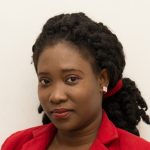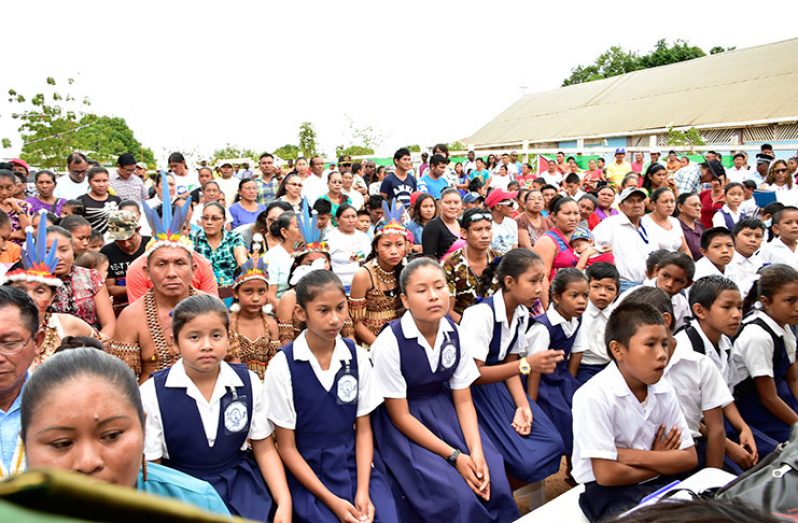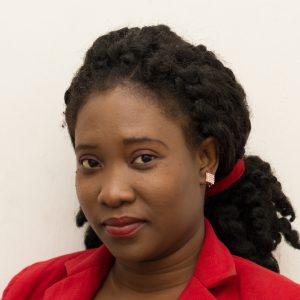THE Wapishana village of Aishalton, located in the South Rupununi district, Region Nine, is slated to become the pilot village to institute a bilingual education programme, thus allowing the children who are versed in their tribal dialects to pursue an education in English as well. Aishalton is among several villages spanning Guyana’s interior regions, where English is not the first language and this has been creating a challenge in effectively educating the children.
Being cognisant of this are some young leaders in Aishalton who started the bilingual education programme about a year ago and through trial and error have recorded many successes thus far. On Saturday, the group met with President David Granger, who visited the learning centre and had a first-hand explanation of what the programme is all about. He expressed great interest in developing the programme, since he had earlier alluded to his visit to Whitewater Village in Region One just the day before, when the children only spoke their dialects, while the teachers spoke only English. President Granger said that as long as he is President, such a situation cannot remain the same, since both parties are unintelligible to each other.
The President then expressed interest in making the Wapishana programme in Aishalton, a model for other Amerindian villages, given that there are nine tribal dialects.
“I asked to make this programme stronger and to use this programme as a model for other areas among the Warrau,” Granger posited. Minister of Indigenous People’s Affairs Sidney Allicock, who was also present, pledged his ministry’s support to the programme. “That transition is needed for them to make good their training and our ministry will be supporting, we have other communities that we have gone to, but we see this as the most organised and we would like to work with this village,” he said.
One of the bilingual programme instructors Leah Casimero, explained to the officials that the programme is not only about educating the children from the nursery level in both languages, but the context used is to keep the culture alive. Several materials, including nursery rhymes and children stories, have been translated in both English and Wapishan and have been reviewed by the National Centre for Educational Resource Development (NCERD) and critical feedback has been given to make the material more effective for learning. “The context speaks directly to them and they can relate to it and if we can get children interested, you can teach them anything once they are interested,” Casimero said.
While language barriers plaguing many indigenous villages have negatively affected the education of the villages’ children, President Granger posited that the situation must be addressed across the board and not only in schools alone. He revealed that the matter is being discussed at the level of Cabinet to even have interpreters in courts for indigenous persons whose first language is not English.
“It has to happen not only in school, but also in the courts and also in civil society… civil servants coming into these areas must be able to communicate, doctors must be able communicate…”
He also affirmed that the community radio station, which was a few moments prior declared open, should play an integral role in teaching the listeners English, while simultaneously preserving their culture and tribal dialects.




.jpg)










